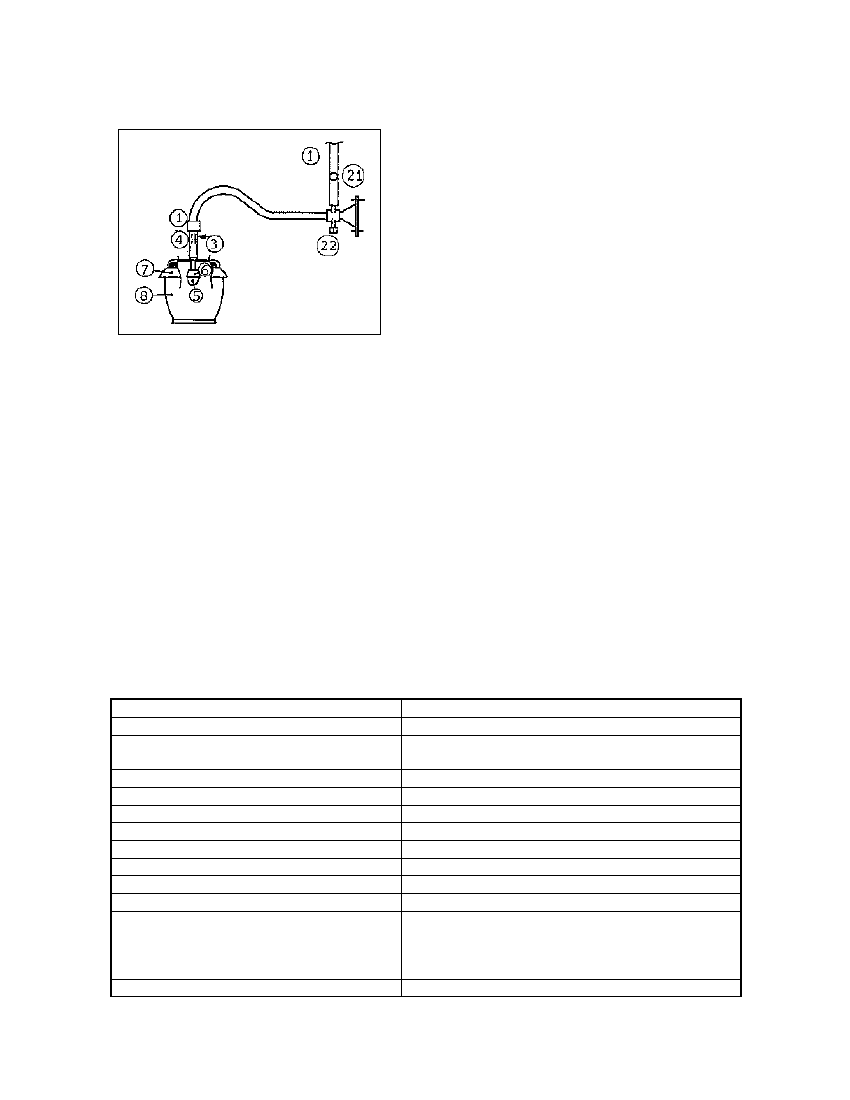
Fig. 5.32: Schematic drawing of a biogas lamp. 1 Gas
pipe, 21 Shutoff valve, 22 Adjusting valve, 3 Primary
air supply (adjustable), 4 Mixing chamber, 5
Incandescent body - gas mantle, 6 Porcelain head, 7
Disk reflector, 8 Glass (Source: OEKOTOP/ Jackwal)
Biogas lamps
The bright light given off by a biogas lamp is the result of incandescence, i.e. the intense heat-
induced luminosity of special metals, so-called "rare earths" like thorium, cerium, lanthanum, etc. at
temperature of 1000 - 2000 °C.
At 400-500 lm, the maximum light-flux values that can be achieved with biogas lamps are
comparable to those of a normal 25-75 W light bulb. Their luminous efficiency ranges from 1.2 to 2
Im/W. By comparison, the overall efficiency of a light bulb comes to 3-5 Im/W, and that of a
fluorescent lamp ranges from 10 to 15 lm/W.
The performance of a biogas lamp is depenent on optimal tuning of the incandescent body (gas
mantle) and the shape of the flame at the nozzle, i.e. the incandescent body must be surrounded by
the inner (= hottest) core of the flame at the minimum gas consumption rate. If the incandescent
body is too large, it wil1 show dark spots; if the flame is too large, gas consumption will be too high
for the light-flux yield. The lampshade reflects the light downward, and the glass prevents the overly
rapid loss of heat.
Table 5.19: Standard lighting terms and units of measure (Source: OEKOTOP)
Term/definition
Luminous flux (F)
The light output defined as the luminous flux
of a black body at 2042 °K per cm²
Luminous intensity (I)
The solid-angle light power
I = luminous flux / solid angle (w)
Illuminance (E)
light power per unit area
E = luminous flux / area (A)
Spec. illuminance (Es)
Effective incident illuminance, as measured
normal to the light source at a defined
distance from the source referred to the
input
Unit, formula
F, measured in lm (lumen)
I, measured in cd (candela)
I = F/w (cd = lm/w)
half-space w = 2 p = 6.28
-E, measured in lux (Ix)
E = F/A (lx = lm/m²)
Es = ((E x r²) / V • n.c.v.)) • (lx • m² / kW)
E = meas. illuminance
r = distance between the incandescent body and the
70